Yew Tree
- November 16, 2023
- 0 comment
The Yew tree, scientifically known as Taxus, is a fascinating and ancient evergreen that holds a unique place in cultural, historical, and ecological contexts. Renowned for its longevity, some Yew trees are believed to have endured for thousands of years, making them among the oldest living organisms on Earth.
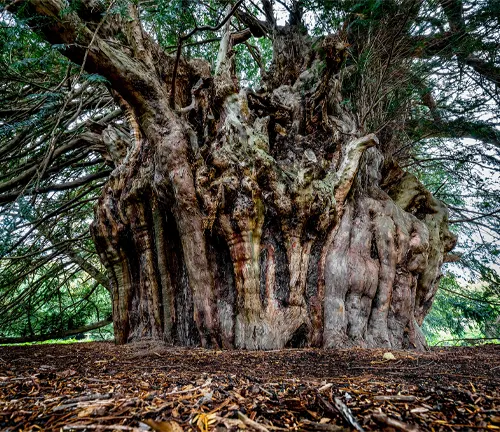
These trees are often associated with symbolism, embodying concepts of resilience, renewal, and immortality. In various cultures, Yew trees have been regarded as sacred and have found a place in religious ceremonies. Additionally, the Yew’s distinctive red berries and needle-like leaves contribute to its ornamental value in gardens and landscapes.
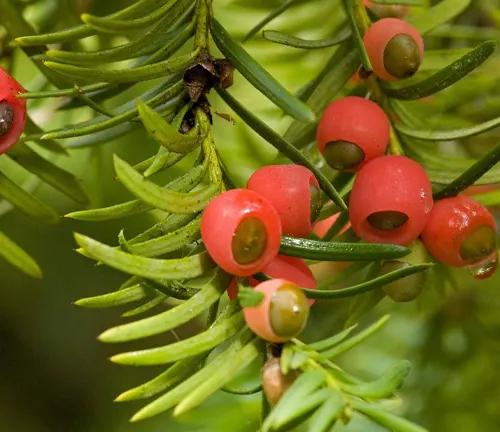
Beyond aesthetics, the Yew tree plays a crucial ecological role, providing habitat and sustenance for various wildlife. Importantly, Yew trees contain compounds with medicinal properties, historically used in the development of medicines, including the treatment of cancer. Despite their enchanting presence, some species of Yew are endangered due to over-harvesting and habitat loss. The Yew tree’s intricate blend of historical significance, cultural symbolism, and ecological importance underscores its enduring relevance in our ever-changing world.
| Characteristic | Description |
|---|---|
| Scientific Name | Taxus |
| Family | Taxaceae |
| Type | Evergreen Coniferous Tree |
| Lifespan | Thousands of years, some considered among the oldest |
| Height | Varies by species; can range from 1 to 20 meters |
| Foliage | Needle-like leaves, dark green and arranged spirally |
| Fruit | Bright red berries containing a single seed |
| Habitat | Diverse, ranging from forests to gardens |
| Symbolism | Often associated with longevity, renewal, and immortality |
| Cultural Significance | Sacred in various traditions and used in religious rituals |
| Ecological Role | Provides habitat and sustenance for wildlife |
| Medicinal Properties | Contains compounds historically used in medicine, including anti-cancer agents |
| Conservation Status | Some species are endangered due to over-harvesting and habitat loss |
Botanical Beauty of Yew Tree
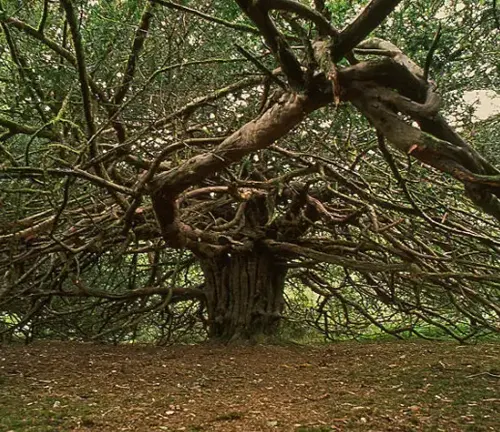
The Yew tree, a botanical marvel, stands as an emblem of enduring beauty in the world of flora. With its evergreen, needle-like leaves that adorn its branches, the Yew presents a picturesque sight. The scientific name Taxus reflects its taxonomic distinction, while the tree’s aesthetic appeal graces gardens and landscapes, captivating onlookers with its timeless elegance.
Woodland Elegance
In the heart of woodlands, the Yew tree contributes to the enchanting tapestry of nature. Its tall, graceful stature adds a touch of woodland elegance, creating a serene atmosphere. The Yew’s presence in forested areas has a storied history, and some specimens are believed to have stood witness to centuries of natural transformations.
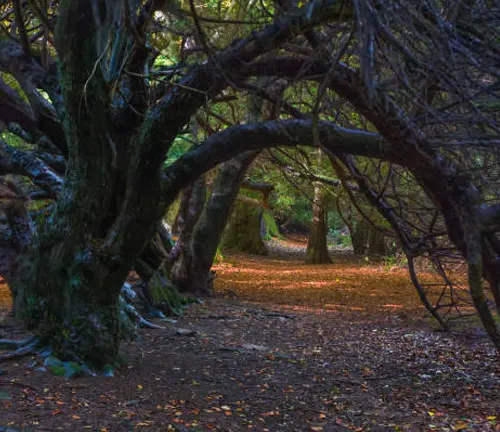
Ecological Importance
Beyond its ornamental allure, the Yew tree plays a pivotal role in the ecological realm. Providing habitat and sustenance for various wildlife, it weaves itself into the intricate web of ecosystems. The significance of the Yew’s role in maintaining biodiversity underscores its importance in the delicate balance of nature.
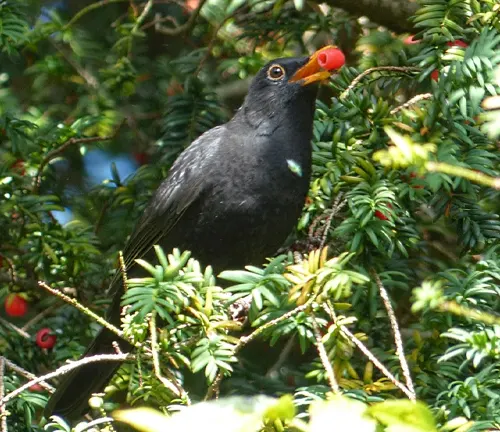
Cultivation and Conservation
Cultivating the Yew tree requires a nuanced understanding of its unique requirements. Gardeners and conservationists alike recognize the need to preserve and protect these ancient beings. As some species face endangerment due to over-harvesting and habitat loss, conservation efforts are vital to ensuring the Yew tree’s continued presence in our landscapes.
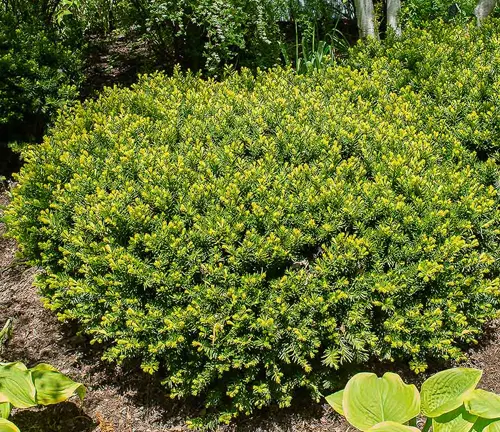
Fragrance
One of the Yew tree’s subtle charms lies in its distinctive fragrance. The aroma emanating from its leaves adds a sensory dimension to its allure, creating an immersive experience for those who venture near. This olfactory quality adds to the tree’s mystique and makes it a sought-after presence in aromatic gardens.
Soil Stabilization
The Yew tree serves not only as an aesthetic and ecological cornerstone but also as a practical force in soil stabilization. Its extensive root system helps prevent soil erosion, anchoring the tree firmly in its habitat. This feature enhances the Yew’s role in maintaining the health and integrity of the ecosystems it inhabits.
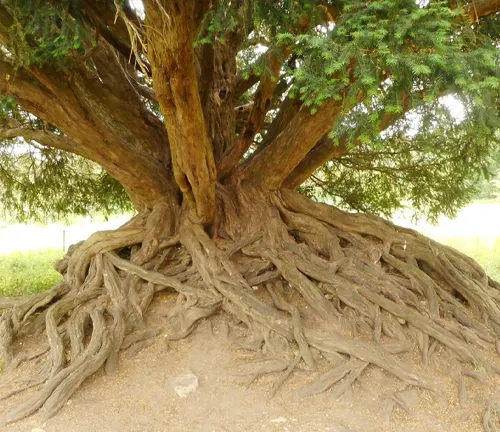
Common Uses
Throughout history, the Yew tree has found multifaceted utility. Its wood, durable and flexible, has been employed in crafting bows, tools, and intricate woodwork. Beyond the practical, the Yew’s symbolic significance has made it a choice for ceremonial and religious purposes in various cultures.
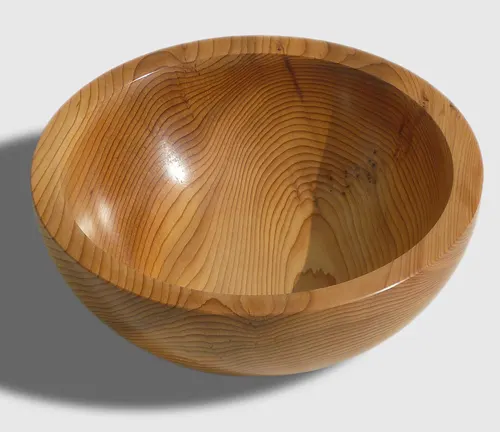
Benefits
The benefits of the Yew tree extend beyond its physical attributes. Compounds found within its bark have historical significance in medicine, with applications in the development of anti-cancer agents. This medicinal aspect adds a layer of importance to the preservation and sustainable use of the Yew tree.
Different Species
Taxus baccata
(European Yew)
Native to Europe, this species is characterized by its dark green needles and bright red berries. It has a rich history in European folklore and has been used for various purposes, including the crafting of longbows.
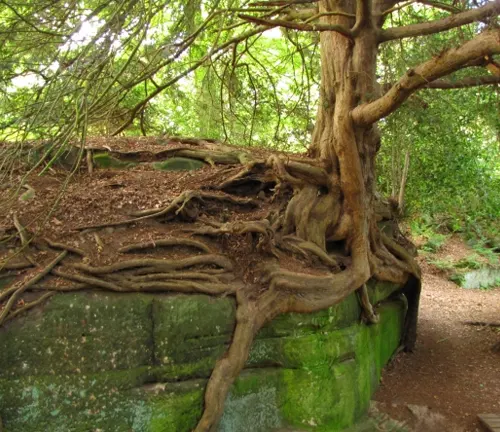
Taxus cuspidata
(Japanese Yew)
Indigenous to Japan, Korea, northeast China, and the Russian Far East, this species is recognized for its dark green foliage. It is often used in landscaping and has cultural significance in Japanese gardens.
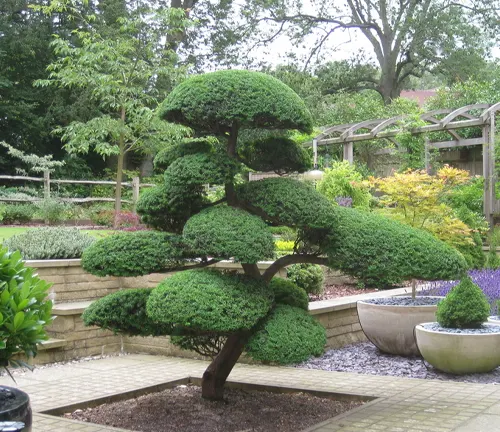
Taxus brevifolia
(Pacific Yew)
Native to the western part of North America, from Alaska to California, the Pacific Yew is known for its distinctive red, fleshy arils. Historically, it has been used by Native American tribes for medicinal purposes.
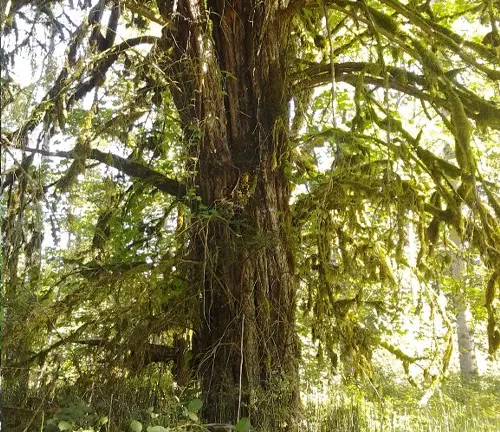
Taxus canadensis (Canadian Yew)
Found in northeastern North America, this Yew species is a low-growing shrub with spreading branches. It is commonly found in forested areas and adds to the diversity of the understory vegetation.
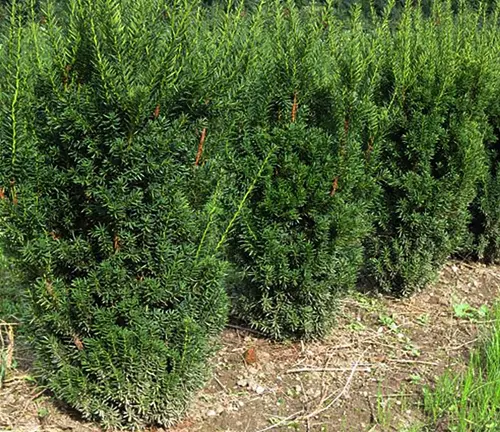
Taxus floridana
(Florida Yew)
Endemic to Florida in the United States, this Yew species is rare and limited to certain areas. It is a small tree or large shrub with dark green needles.
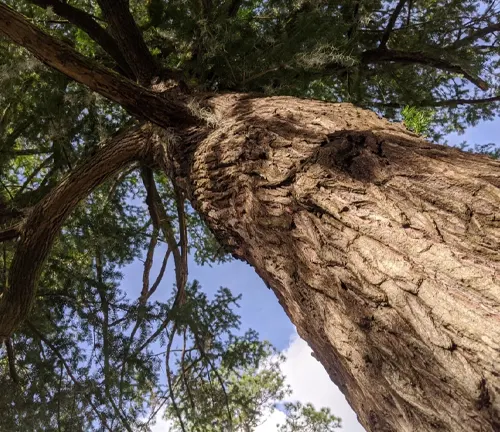
Taxus mairei
(Maire’s Yew)
Native to southeastern Asia, this Yew species is valued for its timber and is also used in traditional Chinese medicine. It has a conical form and glossy, dark green leaves.

Taxus wallichiana
(Himalayan Yew)
Found in the Himalayan region, this Yew species is a large tree with spreading branches. It has dark green foliage and red berries, and its wood is used in construction and for making furniture.
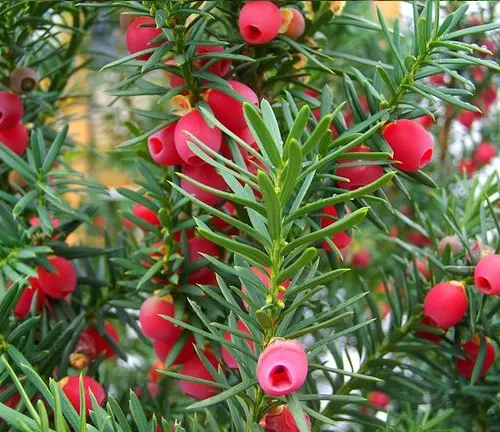
Frequently Asked Questions (FAQs)
- What is a Yew tree?
A Yew tree is an evergreen conifer belonging to the genus Taxus. Known for its longevity, needle-like leaves, and red berries, the Yew tree has cultural, historical, and ecological significance. - Where are Yew trees found?
Yew trees are distributed globally, with different species found in Europe, Asia, North America, and other regions. They thrive in various habitats, from woodlands to gardens. - What is the lifespan of a Yew tree?
Yew trees are known for their exceptional longevity, with some individuals believed to live for thousands of years. They are among the oldest living organisms on Earth. - Are Yew trees poisonous?
Yes, various parts of the Yew tree, including its needles and seeds, contain toxic compounds known as taxanes. Ingesting these can be harmful, and caution is advised, especially with pets and livestock. - How is the Yew tree used in landscaping?
Yew trees are popular in landscaping for their evergreen foliage, elegant form, and adaptability to different soil conditions. They are often used as hedges, specimen trees, or in topiary. - What is the cultural significance of Yew trees?
Yew trees have been regarded as sacred in various cultures and have symbolic associations with longevity, renewal, and immortality. They are also used in religious ceremonies and rituals. - Can you eat Yew berries?
No, Yew berries are toxic and should not be consumed. While the fleshy arils around the seeds are not as toxic as the seeds themselves, it is best to avoid ingestion. - What are the medicinal properties of the Yew tree?
Yew trees contain compounds with medicinal properties, historically used in the development of medicines, particularly in the treatment of cancer. - How can I care for a Yew tree in my garden?
Yew trees are generally low-maintenance. They prefer well-drained soil and can tolerate various light conditions. Pruning can help maintain their shape, and regular watering is essential, especially during dry periods. - Are Yew trees endangered?
Some species of Yew trees are endangered due to over-harvesting of their wood and habitat loss. Conservation efforts are in place to protect these ancient and ecologically important trees.


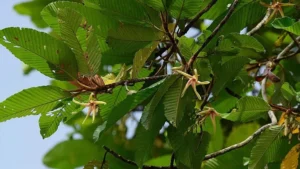
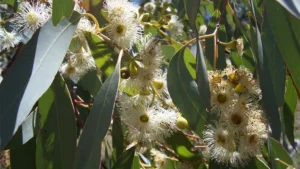
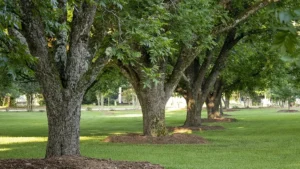
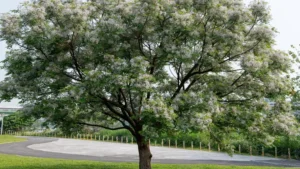
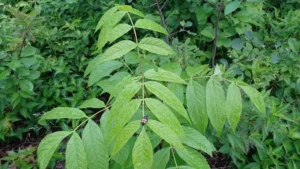
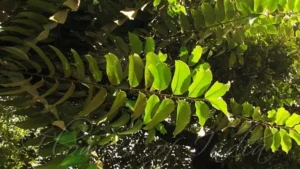

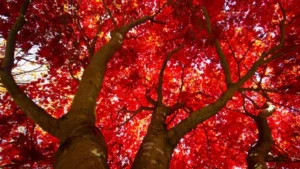

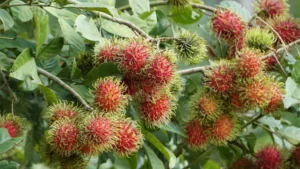
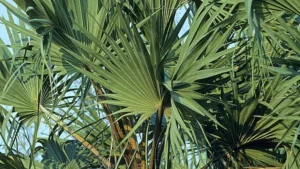
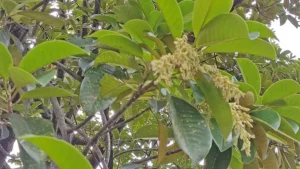
Leave your comment